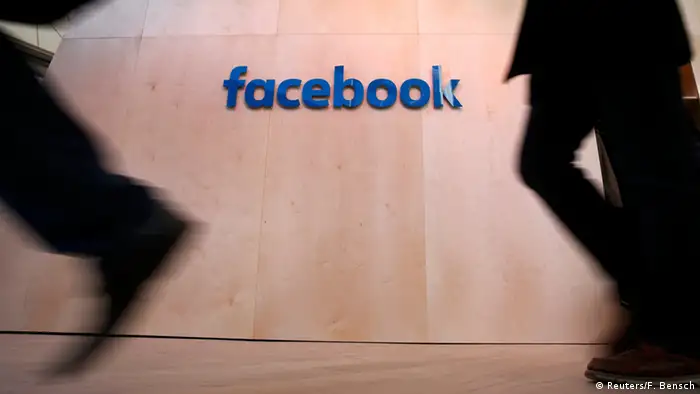Insights
Media and society in the digital age: Rethinking the relationship
Digital communication is changing the relationship between media and society. In this new and increasingly complex media environment, normative media theories require reexamination and new models are urgently needed.
A wide range of normative theories deal with the relationship of the media to society. The liberal perspective and the social responsibility model have been particularly influential. But what exactly do they imply?
The liberal perspective - marketplace of ideas
In line with 17th century thinker John Milton's conceptualization of a free "marketplace of ideas", a plurality of media outlets is necessary to give voice to different interests from which citizens can make 'informed' choices. The liberal perspective also emphasizes the need to protect the independence of the media from state interference, as well as the watchdog function of the media vis-à-vis those who govern. This normative theory can be linked to an understanding of democracy in which the democratic outcome of decision-making is the combined result of individuals' or groups' preferences and consensus is reached if a majority of individuals make the same or similar choices.
Critics of this liberal perspective argue that it is prone to being improperly biased in favor of dominant groups and has allowed the capture of much of the media by criminals, narrow political forces and business interests. The private broadcasting sector, which is widely characterized by a high degree of media concentration in terms of ownership, audience share or advertising revenue, is a prime example illustrating this dominant group bias.
Can digital communications counter media concentration and capture?
The current expansion of digital technologies and social media is often presented as a potential counter to dominant group media bias because it provides subordinate groups with tools to gain greater equality in the "marketplace of ideas". However, recent studies suggest that social media may also create clusters of insular like-minded communities, a phenomenon called network insularity. Therefore, digital communications also have the potential to increase social fragmentation. This is particularly true in fragile states which lack institutions promoting inclusivity and deliberation between diverse and/or antagonist groups within society.

Caption: Social media like Facebook can create communities who only consume and discuss what they agree on
The social responsibility model – deliberative processes
In the context of growing network insularity, it may be seen as increasingly important to balance the liberal perspective with a social responsibility approach. The social responsibility approach is a normative theory that stresses the role of the media in fostering citizens' participation in the definition of the public good and in creating a space where society uses deliberative processes to mediate between diverse interests. The social responsibility approach also corresponds to German philosopher Jürgen Habermas' vision of a public sphere where participants overcome their subjectively based views in favor of rationally motivated agreement. Critics of this approach contend that the public sphere is neither that rational nor that unified. Rather, they argue, democracy is as much about conflict and oppositional conceptions of the public interest as it is about reaching a societal consensus. However, even taking into account the value of these critics, it is difficult to argue that the media does not play a key role in facilitating inclusive participation in democratic processes.
Are public service media enough to meet the challenges of implementing normative ideals?
One of the embodiments of this idea has been the development of the public service media model. Following this model, the media should be a factor for social cohesion and the integration of individuals, groups and communities without discrimination and social segregation. To this end, public service media should provide a forum for public discussion in which a broad spectrum of news and opinions is presented: They should reflecting diverse ideologies and beliefs while remaining impartial and independent and should not sacrifice quality for political or commercial reasons.
The implementation of these normative ideals becomes more challenging in media environments where competition for audiences and revenue is growing as the number of digital media actors grows. However, finding new implementation models becomes increasingly important as network insularity and social fragmentation flourish along with digital communications.
This article is part of the #mediadev series "Building coalitions for media reform" where experts from the field of media, academia and development discuss the impact and interaction of media with other governance issues - and how media can fit into the broader development agenda.
DW recommends
WWW links
- Date 14.09.2016
- Author Sacha Meuter
- Feedback: Send us an e-mail. Please include your name and country in your reply.
- Print Print this page
- Permalink https://p.dw.com/p/1K24S
- Date 14.09.2016
- Author Sacha Meuter
- Send us your feedback.
- Print Print this page
- Permalink https://p.dw.com/p/1K24S

